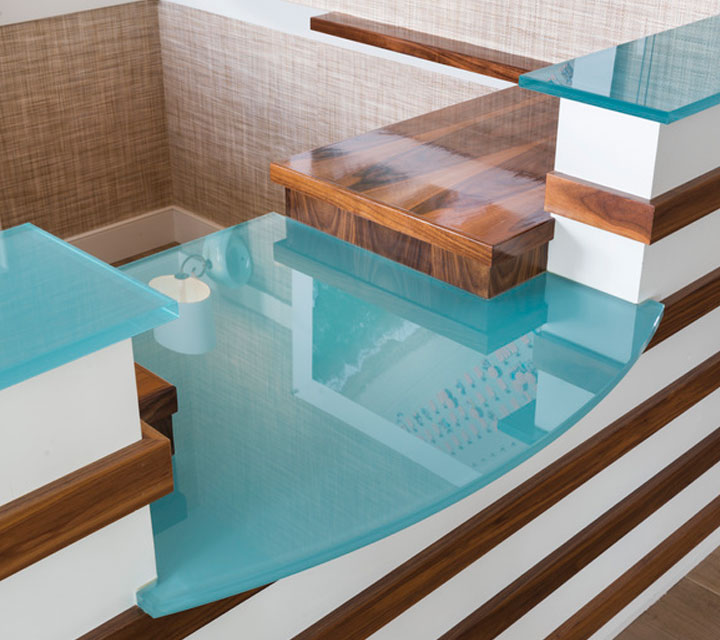Bring Your Designs to Life
Signature Elements
- Fully customizable glass feature walls
- Elevator surrounds
- Decorative room dividers
- Illuminated glass
- Statement pieces and focal points
Functional Features
- Conference room partitions
- Office space dividers
- Custom furniture elements
- Reception areas and entryways
- Privacy solutions

Why Choose Dillmeier Glass?
|
Feature |
Dillmeier Advantage |
|
Custom Fabrication |
Precision cutting, edgework, and customer-provided template fulfillment |
|
On-Time Delivery |
Custom crating and stress-free shipping |
|
Project Collaboration |
Nationwide project management |
|
Customer Care |
Direct contact with Dillmeier customer support and logistics teams |

"They’re willing to figure it out and go above and beyond."
Jake Schopp, Partner And Cofounder, Icon Architecture + Fabrication
Architects & Designers FAQs
We offer complete customization, including back-painted glass feature walls, decorative dividers, laminated glass panels, privacy partitions, and unique glass elements. Our team ensures each piece meets aesthetic and functional requirements for your architectural or design project.
Yes! We offer custom back-painted glass, textured and patterned glass, and laminated glass with custom interlayers to match your project’s design needs. Our team can work with specific colors, finishes, and artistic treatments to bring your vision to life.
Our interior glass solutions are ideal for corporate offices, luxury retail stores, hospitality spaces, public buildings, and high-end furniture applications. Whether you need privacy partitions, decorative elements, or branded statement pieces, we provide glass that enhances both form and function.

